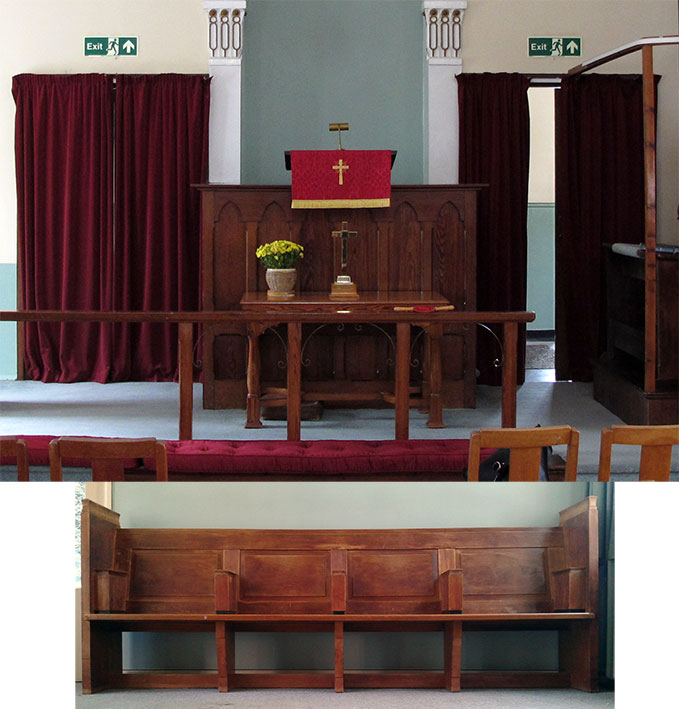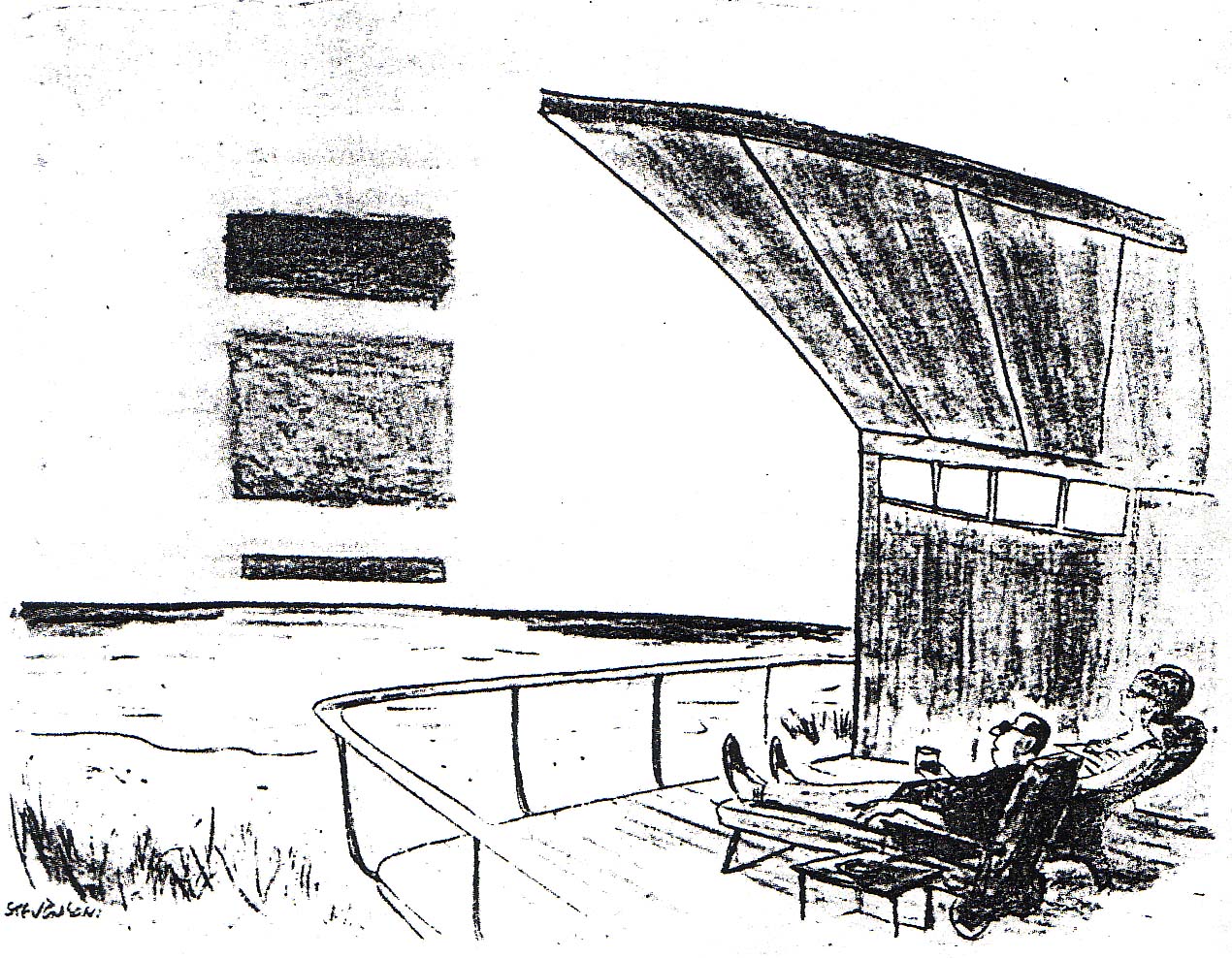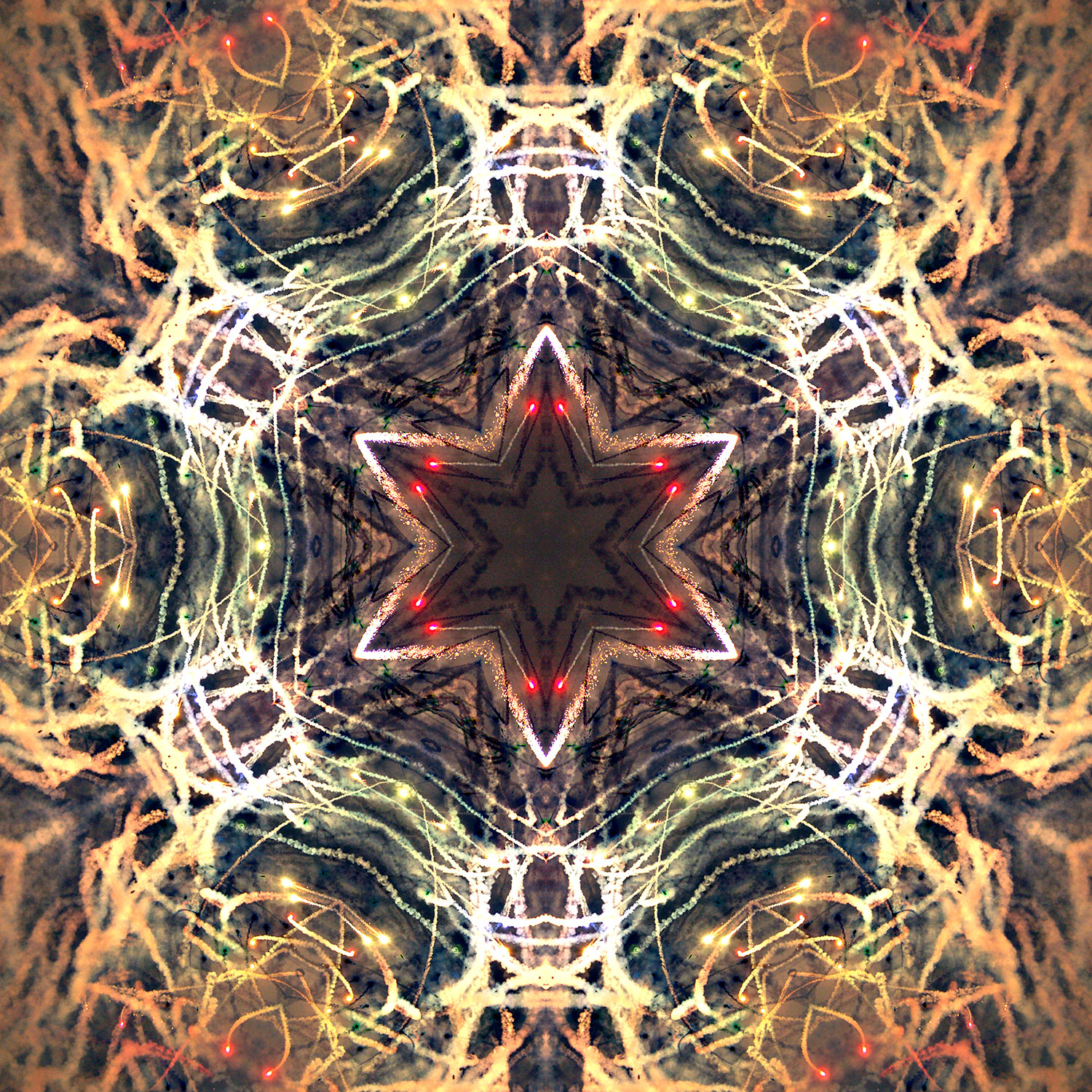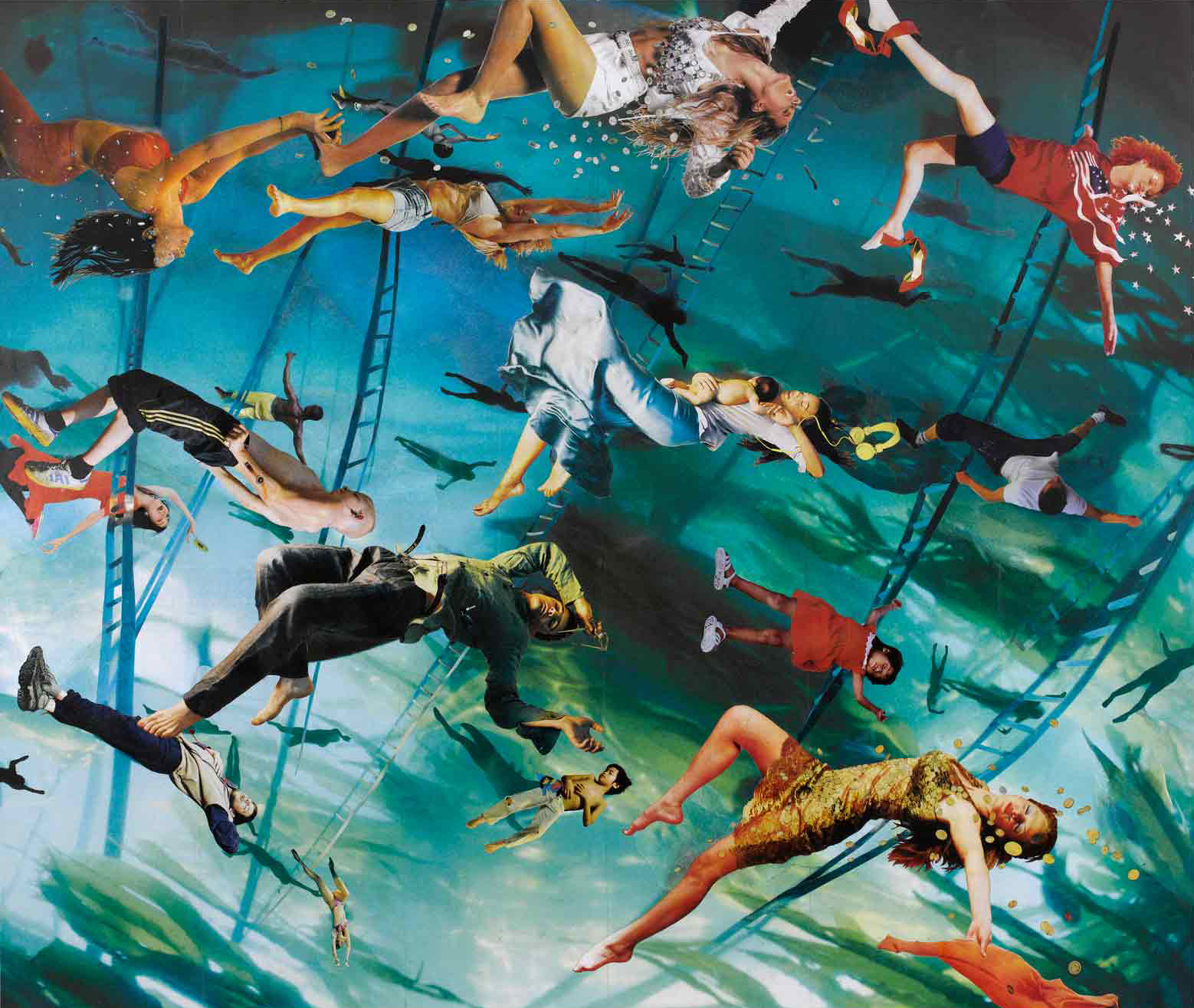Back in February, I found myself applying for the gift of a Methodist pulpit, which was being offered to an artist(s) by The Fishermen’s Chapel in Leigh-on-Sea, Essex. My proposal met was met with enthusiasm, and follows below. Since then, with thanks to Trinity College, I have also been given two Methodist pews from the recently closed Wesley College in Bristol, who will happily join forces with the pulpit to form an even more exciting art work and installation. Once they’ve arrived at my studio over the summer, they will undergo a period of hibernation before the ideas below start to emerge…
This pulpit is a powerful and striking symbol of God’s word. To me, the clean design and structure of the object (as compared to, for example, the ornate stone ‘thrones’ of many a parish church) is something that needs to be celebrated. It bears in its image the specific focus of Wesley’s pioneering preaching of the word, which kept things simple. It also has fantastic resonance with Wesley’s peripatetic ministry, for being mobile. These two aspects of simplicity and mobility are what I would like to concentrate on with my proposal.
I would like to install in the pointed architraves (and possibly the lectern top area) a sequence of photographs or lenticular prints, so that it becomes a pulpit with photographic panels. I am keen to keep the look clean and clear, maintaining the integrity of the existing shapes and outlines.
The content of these photographs will have a starting point in one of my existing pieces of work, The New Passage, 2012, which is formed from the composite arrangement of photographs taken of the Severn Estuary, from the point at which the Wesley brothers crossed to Wales (as commemorated by a plaque at the site). Linking the New Passage with the pulpit from the New Road Methodist Church is the incredible geographical correspondence for having a near equal latitude, and for both being sea-facing sites. An east/west dimension is complemented by a north-facing/south-facing estuary view. In this respect, I would plan to create a photographic record of the tide at Leigh-on-Sea from the Fishermen’s Chapel itself at the end of September, when the autumn equinox brings the complementary highest tide to spring’s equinox (which is when my Severn Estuary pictures were taken).
I would later work with these two bodies of images to create a story of transition which could be ‘read’ across the face of the pulpit. The unique feature of lenticulars, if funding permits the use of this medium again, is the ability to engender a movement from the viewer, and therefore an engagement, which seems to me to reflect the intended effect of preaching itself. Extending this idea, and that of Wesley’s travels, I would want the finished pulpit to complete its own journey from New Passage to New Road, finding suitable stopping points on the way for display and engagement with the public. One such point would surely include the New Room in Bristol (where I have shown work before), and I would hope that others could include outdoor venues.
I am extremely excited by the opportunity to work with and on this pulpit, not least because it is a real gift and expression of faith in creative endeavour.
Header image: Methodist pulpit and pew. Photograph by Sheona Beaumont.



